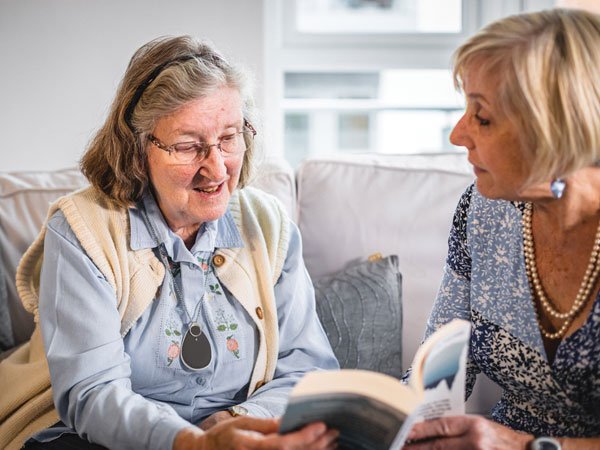
Monitoring elderly parents remotely has become increasingly common as families seek ways to ensure their loved ones’ safety and well-being, especially when they live independently or far away. Remote monitoring allows family members or caregivers to keep a watchful eye on their elderly parents without being physically present. Various technologies and devices enable remote monitoring, providing valuable insights into their daily activities, health status, and overall safety.
Start by understanding your elderly parents’ specific needs and challenges. Consider factors like mobility, health conditions, and any existing support systems in place. This assessment will help you determine the type of remote monitoring system that best suits their requirements. With the wide range of options available, it’s essential to consider various factors to ensure the chosen system meets the specific needs and preferences of your elderly loved ones.
Determine the Type of Monitoring: Remote monitoring systems can include various features such as health monitoring, fall detection, activity tracking, and environmental monitoring. Evaluate which aspects are most relevant for your parents’ situation and focus on systems that provide those specific functionalities.
Ease of Use: Opt for a user-friendly remote monitoring system that is easy for your elderly parents to operate independently. Look for systems with intuitive interfaces, large buttons, and straightforward setup processes to ensure they can use the system without difficulty.
Connectivity Options: Consider the connectivity options available for the remote monitoring system. Some systems may require a Wi-Fi connection, while others use cellular networks. Choose the one that aligns with your parents’ living situation and ensures stable connectivity.
Wearable vs. Non-Wearable Devices: Decide whether wearable devices, like smartwatches or pendants, are suitable for your parents or if they prefer non-wearable options like motion sensors or cameras. Some seniors may feel uncomfortable with wearable devices, so choosing non-intrusive alternatives is essential.

Battery Life and Charging: Check the battery life of the remote monitoring devices and how often they need to be charged. Long battery life ensures that the devices remain functional without frequent interruptions.
Remote Alerts and Notifications: Look for a system that offers real-time alerts and notifications to family members or caregivers in case of emergencies or unusual events. These alerts can provide timely responses and peace of mind for both you and your elderly parents.
Compatibility and Integration: If your parents already use smart home devices or other assistive technologies, consider a remote monitoring system that can integrate with their existing setup. Compatibility can enhance the overall effectiveness of the system.
Trial Periods and Return Policies: If possible, opt for systems with trial periods or return policies. This allows you and your parents to test the system and ensure it meets their needs and expectations.
monitoring elderly parents remotely in australia for lifestyle and requirements. A well-suited monitoring system provides invaluable peace of mind, empowering your loved ones to age in place safely and independently while staying connected to their support network.








